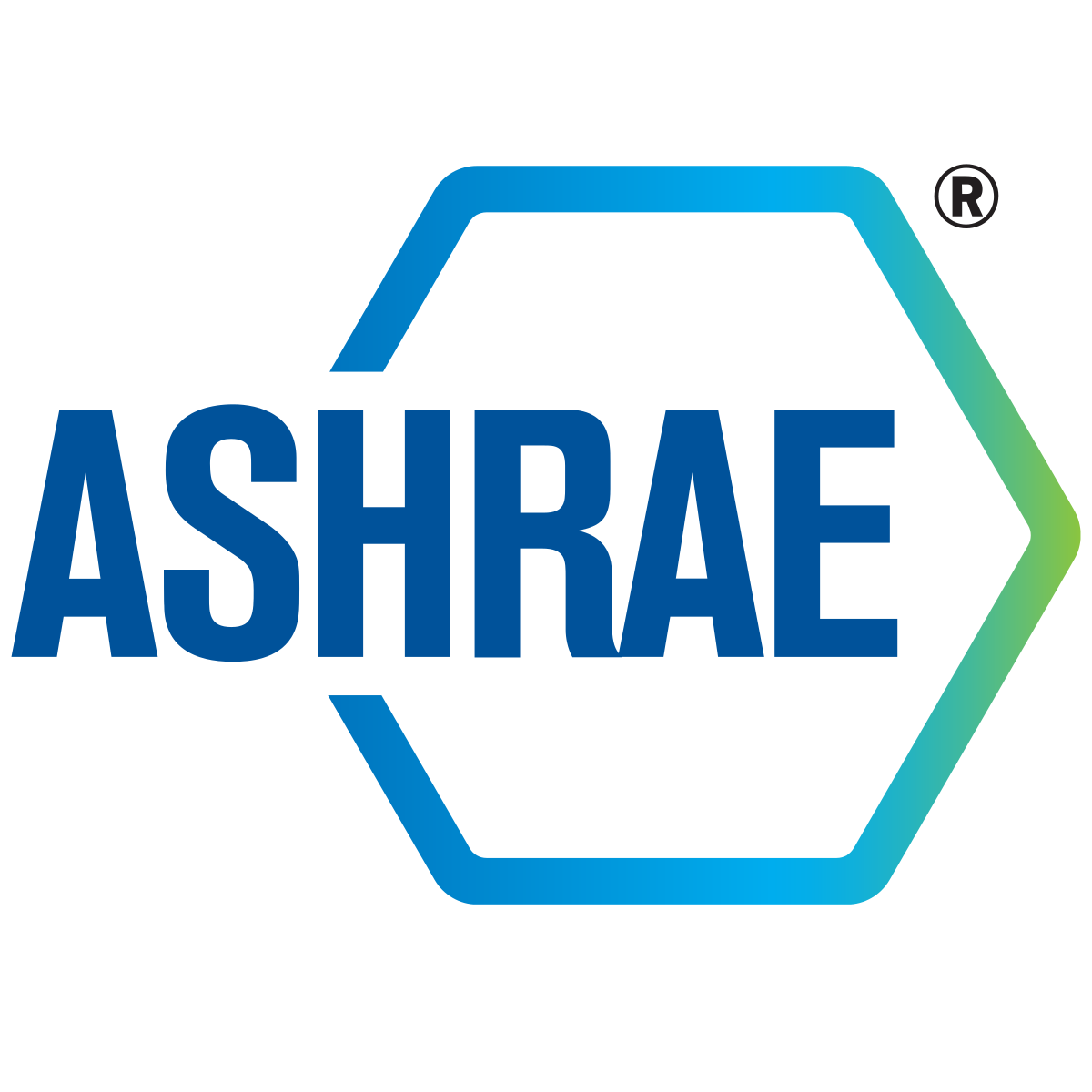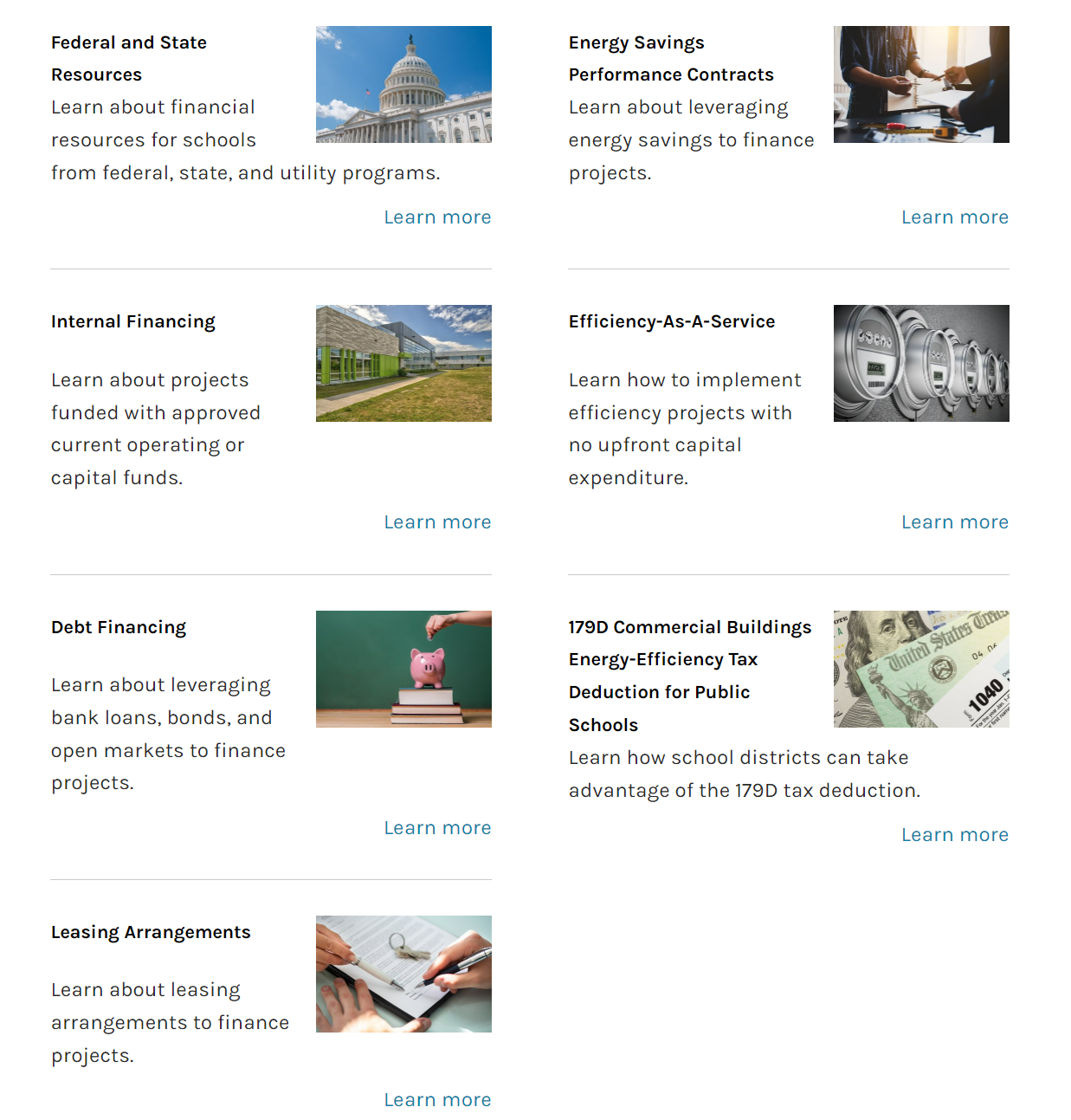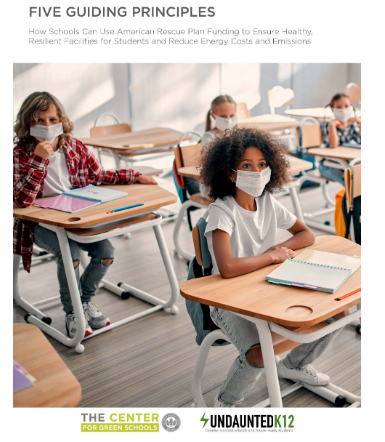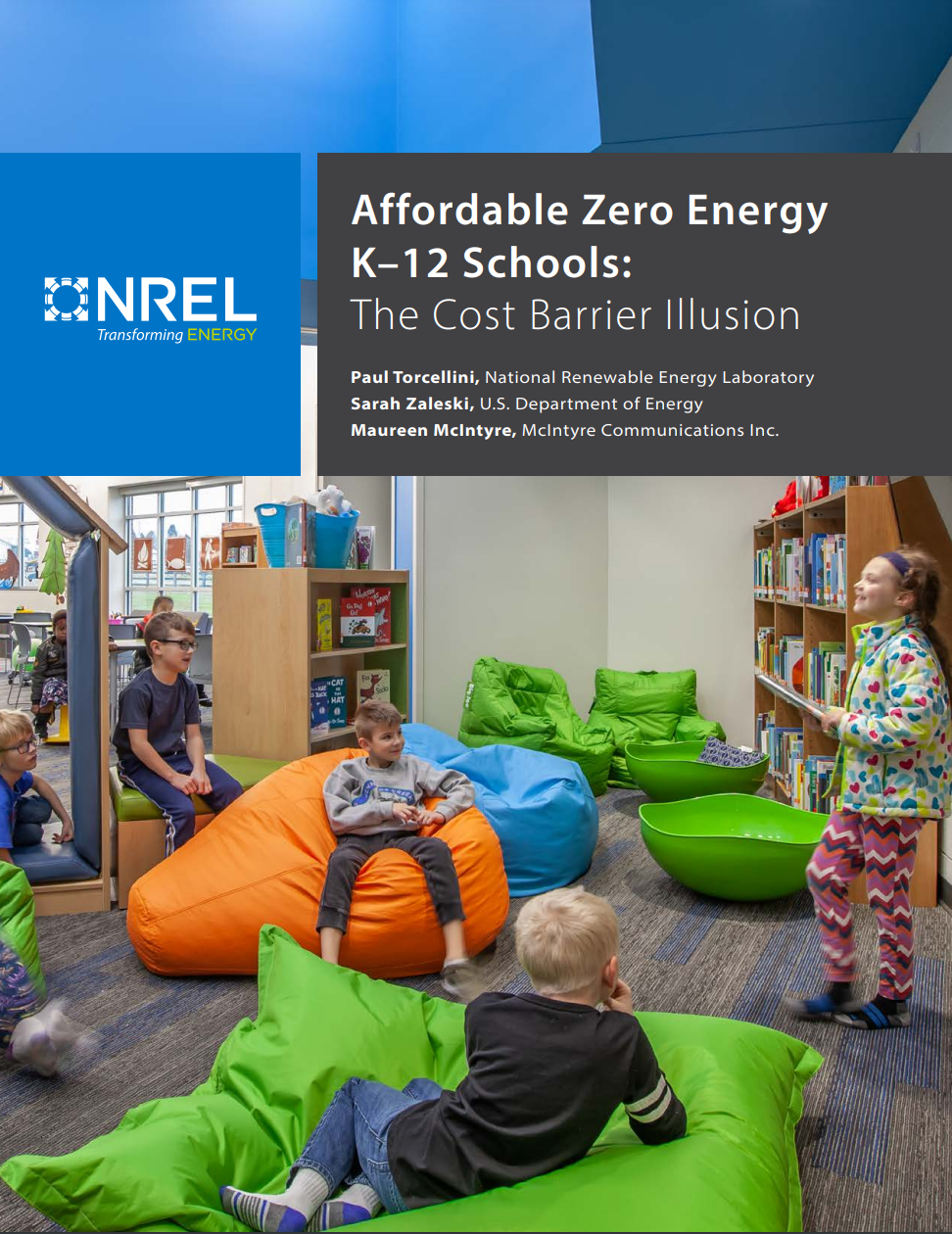Financing
The Inflation Reduction Act (IRA) is the largest investment in climate and clean energy in United States history. Billions of dollars are now available to schools for going green.
This website has curated resources by UndauntedK12 and their partners to help leaders in the education space navigate this generational funding opportunity to protect student health and learning, enhance resilience, reduce spending on infrastructure, and decrease emissions all while addressing equity and environmental justice.
This summary document describes Federal funding and tax exemptions currently available for planning and implementation of public school facilities upgrades. These initiatives include support for renewable energy and energy efficiency, clean energy vehicles, pollution reduction and improved indoor environmental quality and risk mitigation techniques and technologies for limiting the spread of pathogens.
K-12 school districts spend over $8 billion nationwide on energy costs each year. More than 30 percent of energy use goes to waste and ten percent can be saved by implementing low-cost measures. This page will help you learn how to assess your building's energy efficiency, find financing, save energy, and earn recognition.
The U.S. Department of Energy recently announced more than $80M, the first tranche of funding in a $500M investment, to make clean energy improvements in K-12 public schools. Funds will empower school districts to make upgrades that will lower facilities’ energy costs and improve student learning environments.
U.S. Department of Energy summarizes approaches to access capital and financing energy-efficiency projects in schools. The list features federal and state resources, internal financing, debt financing, leasing arrangements, and energy service performance contracts among others.
This report by the Center for Green Schools at the U.S. Green Building Council and UndauntedK12 provides schools with a framework and concrete ideas for how to use Federal emergency COVID relief funds to make durable investments in facilities, so that these one-time investments can yield benefits for years to come.
The U.S. Department of Agriculture outlines how Rural Development programs can support rural electric cooperatives to advance electrification projects for schools and other public facilities and vehicles.
This study dispels the myth that zero energy schools cost more. NREL examines 88 zero energy or zero energy ready schools across the United States built in the last 15 years. Their findings indicate that not only can zero energy schools be designed and built on conventional school budgets, but they can cost less. This can help overcome perceived cost barriers to efficient, healthy schools.






